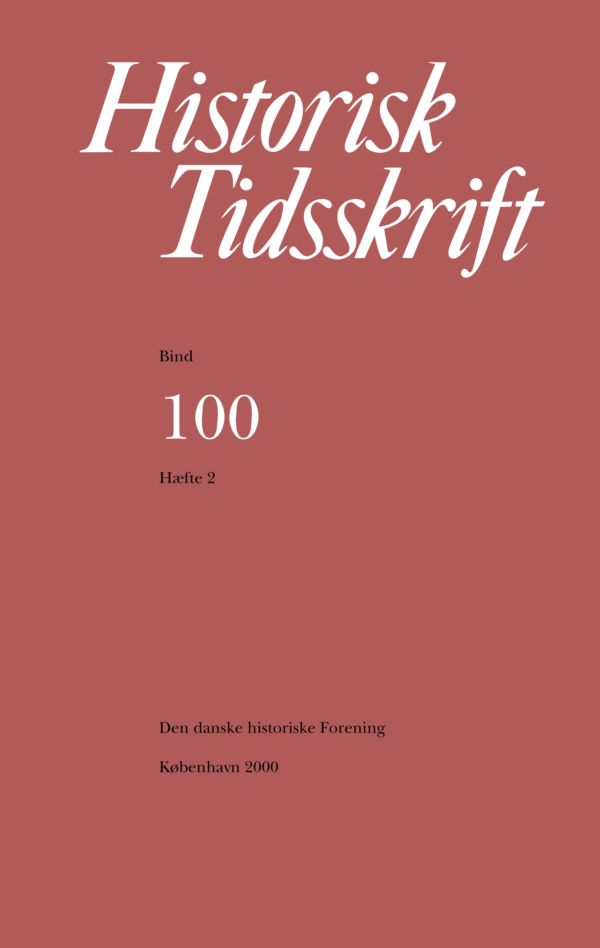Danmark og den hellige krig. En undersøgelse af korstogsbevægelsens indflydelse på Danmark ca. 1070-1169
Resumé
Denmark and the Holy War. A Study of the Influence of the Crusading Movement in DenmarkBy the second half of the eleventh century Denmark had become a part of the religious and political world of Latin Christendom. Danish society was thus influenced by the crusading movement as elsewhere in Europe from the very start. The movement, moreover, became an integral part the conflict between the Danish Kingdom and its heathen neighbours, a fact that previously has not been sufficiently recognised in writings on Danish history, where the role of the Crusades has been portrayed merely as a means to disguise political motives. This is particularly blatant in the treatment given to the wars waged by Danish kings and the Danish Church against the heathen Wends, especially under King Valdemar I and Bishop Absalon. This misconception can be accounted for by the preconceived notion that the crusading movement never effectively reached Denmark or at most that the Crusades were never more than a convenient foreign policy device of the kings. This picture is badly in need of correction. The Wend wars must most emphatically be seen against the background of the crusading movement. An indication of the degree to which the Crusader ideals permeated Danish society may be seen in the foundation by a commoner named Vedeman of a military religious brotherhood to combat the Wends. Vedeman's Guild, which is mentioned by Saxo Grammaticus, had clear parallels in the Iberian Peninsula. The institutionalisation of the crusading movement in Denmark thus evidences a pattern followed in another boarder region of Latin Christendom. The Crusades were in a very real and efficacious sense an expression of a whole historical period's ideals and political thinking, and these were the terms in which the self-comprehension of the royal power under Valdemar I must be grasped. To do otherwise would deprive us of understanding the ideology, legitimation and self-comprehension of the Danish royal power and the way in which the traditional pattern of conflict in the Baltic was forever changed, just as in a similar way it was changed in Spain. Translated by Michael WolfeDownloads
Publiceret
Citation/Eksport
Nummer
Sektion
Licens
Ophavsret til bidrag i Historisk Tidsskrift tilhører forfatterne og Den danske historiske Forening som udgiver af Historisk Tidsskrift. For illustrationer gælder den ophavsret, som står anført i billedteksten. Ophavsretslovens almindelige bestemmelser gælder, hvilket vil sige, at ophavsretten gælder i 70 år efter forfatterens død. Bidrag i Historisk Tidsskrift må derfor, med forbehold for en ”moving wall” på tre år, frit downloades, læses, gemmes, anvendes og citeres (med kildeangivelse) i privat og videnskabelig sammenhæng, men de må ikke helt eller delvis genudgives af tredjepart, heller ikke i redigeret form, uden tilladelse fra forfatterne og Den danske historiske Forening. Henvendelse skal i så fald rettes til Historisk Tidsskrifts redaktion på histtid@hum.ku.dk.





